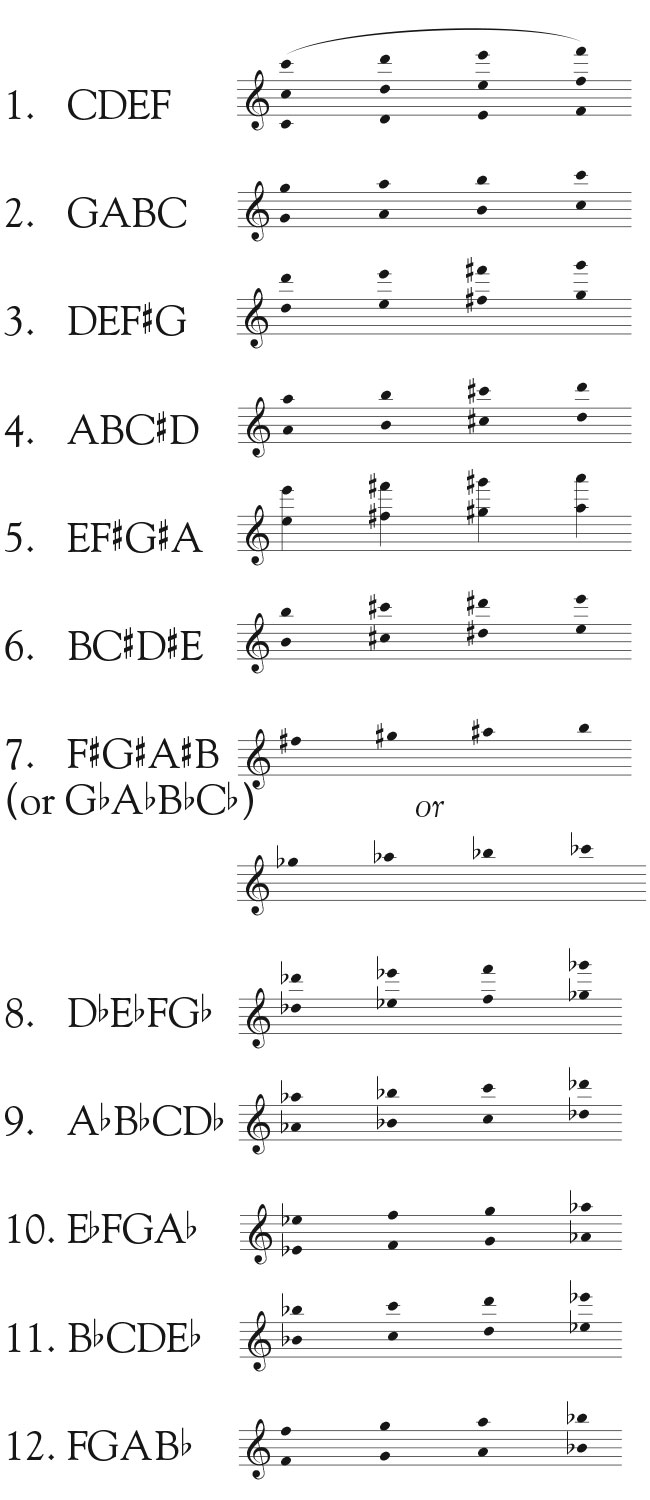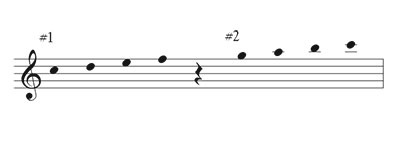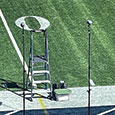When I began teaching in the Eastman School of Music Preparatory Department, my supervisor was John Thomas (1922-2012). Thomas received a B.M. and M.M. from the Eastman School of Music, where he studied with Joseph Mariano and was awarded the Performer’s Certificate. He had been principal flute in the San Antonio Symphony and was principal flute of the Rochester Chamber Orchestra, besides playing flute and piccolo in the Rochester Philharmonic/Eastman-Rochester Orchestra. He can still be heard playing piccolo on dozens of landmark recordings conducted by Howard Hanson and Frederick Fennell. Periodically Thomas gave me pedagogical advice. One day said he never insisted on his students memorizing scales, he just played them with the students each week from a printed copy and in no time, they were memorized.
When I began teaching in the prep department, I was a senior and had just completed the vigorous theory sequence at Eastman and was eager to teach what I had learned. I embarked on teaching scales in a traditional manner by laying out where the whole- and half-steps were. The preparatory department students had completed two years of piano instruction before they were allowed to register for instrumental classes, so my flute students could already read treble and bass clefs and understand time signatures and basic rhythms. However, they still had trouble playing scales accurately. I decided to try Thomas’ advice and he was right. In just a few weeks, everyone knew their scales by memory, and I was a calmer teacher.
While this method worked well for students in grade school through high school, teaching college freshman was a different matter. I continued to play the scales with the students using the printed music but also discussed the placement of the whole- and half-steps. Many of my university students had not had previous piano studies, so this was new to them. I decided to apply chunking to scales (playing by a group of four slurred notes followed by a rest) as it would also help to develop tone, breath control, and technique as well. When chunking a scale by fours, students discover that a major scale is constructed of two tetrachords. A tetrachord is composed of a pattern of whole step, whole step, half-step. (CDEF – GABC). Then I realized that playing all of the scales requires knowing only 12 tetrachords and then combining two to make a scale. This was so simple that it could be understood by even the most novice flutist.
Some students learn more quickly using alphabet letters for the tetrachords while others prefer looking at modern notation. In musical notation the tetrachords are written in several octaves for ease in constructing the scale in step 2. To teach this method, have students play the following tetrachords slurred eight times each, progressing around the circle of fifths to the right:

Repeat this for several weeks until the student can easily play all twelve tetrachords by memory.
Now to play a scale, chunk tetrachord #1 followed by #2 several times. At first begin on the lower written note then on the upper note.

CDEF/GABC
Next omit the rest to get the eight-note major scale.
.jpg)
Repeat combining #2 and #3, then #3 and #4, etc. At the end combine #12 with #1 and the cycle begins again.
Teaching Melodic Minor Scales
Once a flutist is fluent in the major scales, begin instruction with the minor scales. The traditional method teaches that the relative minor scales begins on the sixth step of the major scale. If there are no alterations in the scale, the scale is deemed natural or pure minor. If the seventh step is sharped or raised a half-step ascending and descending it is harmonic minor. If the sixth and seventh steps are raised on the ascent and lowered on the descent, it is melodic minor. However, if a student knows the major scales well, there is another way to teach melodic minor scales. I rarely teach pure or harmonic, because it is melodic that will be mostly used in literature. Most violin pedagogues spend more time on melodic minor scales than the others.
This method is a three-step program. Having a circle of fifths available is helpful. The following is how to teach A melodic minor.
Step 1: Have students play an A major scale ascending only.
.jpg)
Step 2: Next they should play an A major scale ascending only, but lower the third note by a half step. This is the A melodic minor scale ascending.
.jpg)
Step 3: Have them descend in the relative major key signature or in this case, the key of C major.

While both of these scale methods are less traditional pedagogical ideas, often explaining the untraditional makes the traditional understandable. Students often think scales are just about the notes. This introduces the idea that scales are the building blocks to playing and comprehending music. The notes are just the beginning.
* * *
Tetrachords
A tetrachord is a unit of four pitches. In ancient Greek music the tetrachord spanned a descending perfect fourth (whole step, whole step, half-step or EDCB). According to The Harvard Concise Dictionary of Music and Musicians edited by Don Michael Randel, “The major scale is sometimes described as consisting of two disjunct tetrachords separated by a whole tone e.g. c to f and g to c1.”






